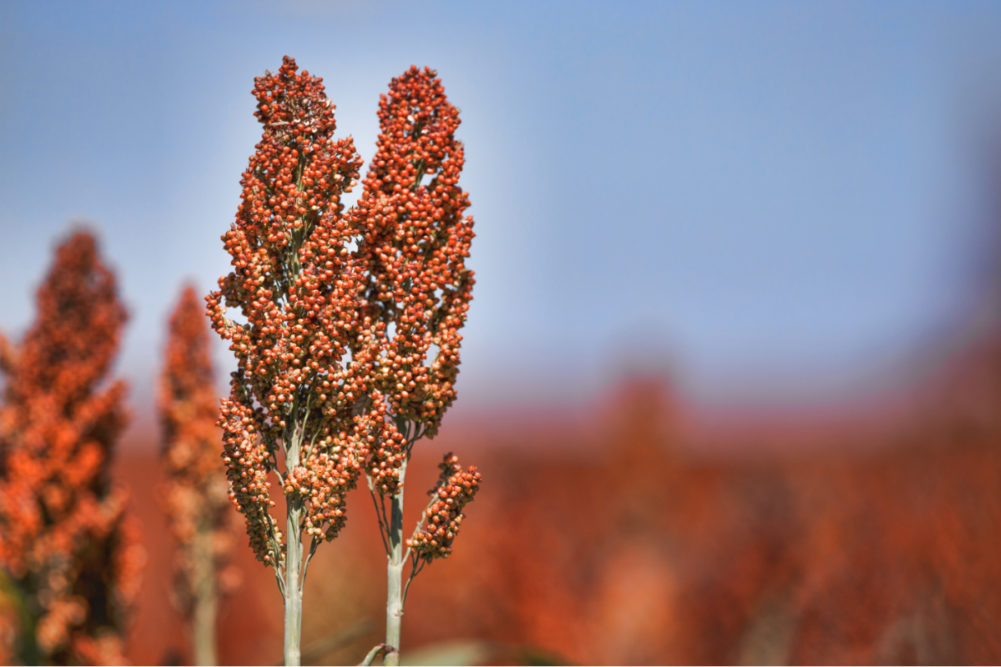ST. LOUIS – A five-year, $6.2 million project aims to identify and develop sorghum plants that better capture and store atmospheric carbon.
The Salk Institute’s Harnessing Plant Initiative and Nadia Shakoor, PhD, principal investigator and senior research scientist at the Donald Danforth Plant Science Center, are collaborating on the research, which fits into the broader goal of the Harnessing Plants Initiative to combat climate change by optimizing the ability of crop plants to remove carbon from the atmosphere and store it in the ground for long periods.
Farmers in the United States in 2020 planted nearly 7 million acres of sorghum, which is a drought-resistant crop that makes it ideal for carbon capture.
Dr. Shakoor has developed sensors to monitor plants’ environments and growth in real-time. Her team will identify varieties of sorghum that have the traits needed to optimize carbon capture, with one example being large, deep root systems to store and move carbon into the surrounding soil. Todd Michael, PhD, a research professor and a member of the Harnessing Plant Initiative, and his colleagues at the Salk Institute will analyze the material. They then will work with Dr. Shakoor to identify sorghum lines to select and breed.
“Our research community has the opportunity to use cutting-edge science and innovation to help change the course of climate change,” Dr. Shakoor said. “Sorghum is an incredible plant that holds great promise as a carbon-sequestering crop. We believe sorghum can be optimized to potentially capture and store more carbon and, combined with its inherent traits such as drought tolerance, make a positive contribution to both food security resiliency and the mitigation of negative climate impact. I greatly appreciate the support of HPI to undertake this research.”






